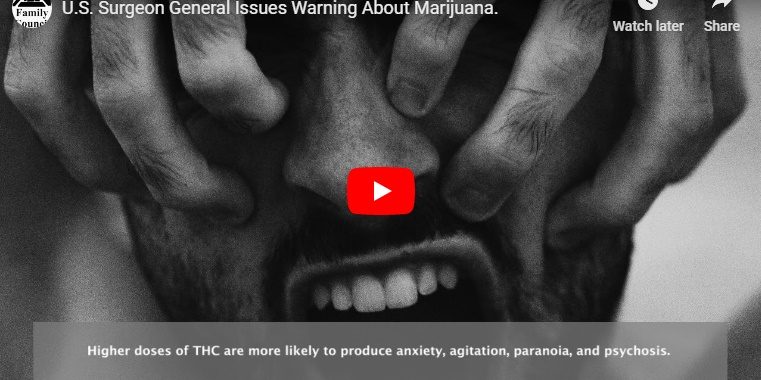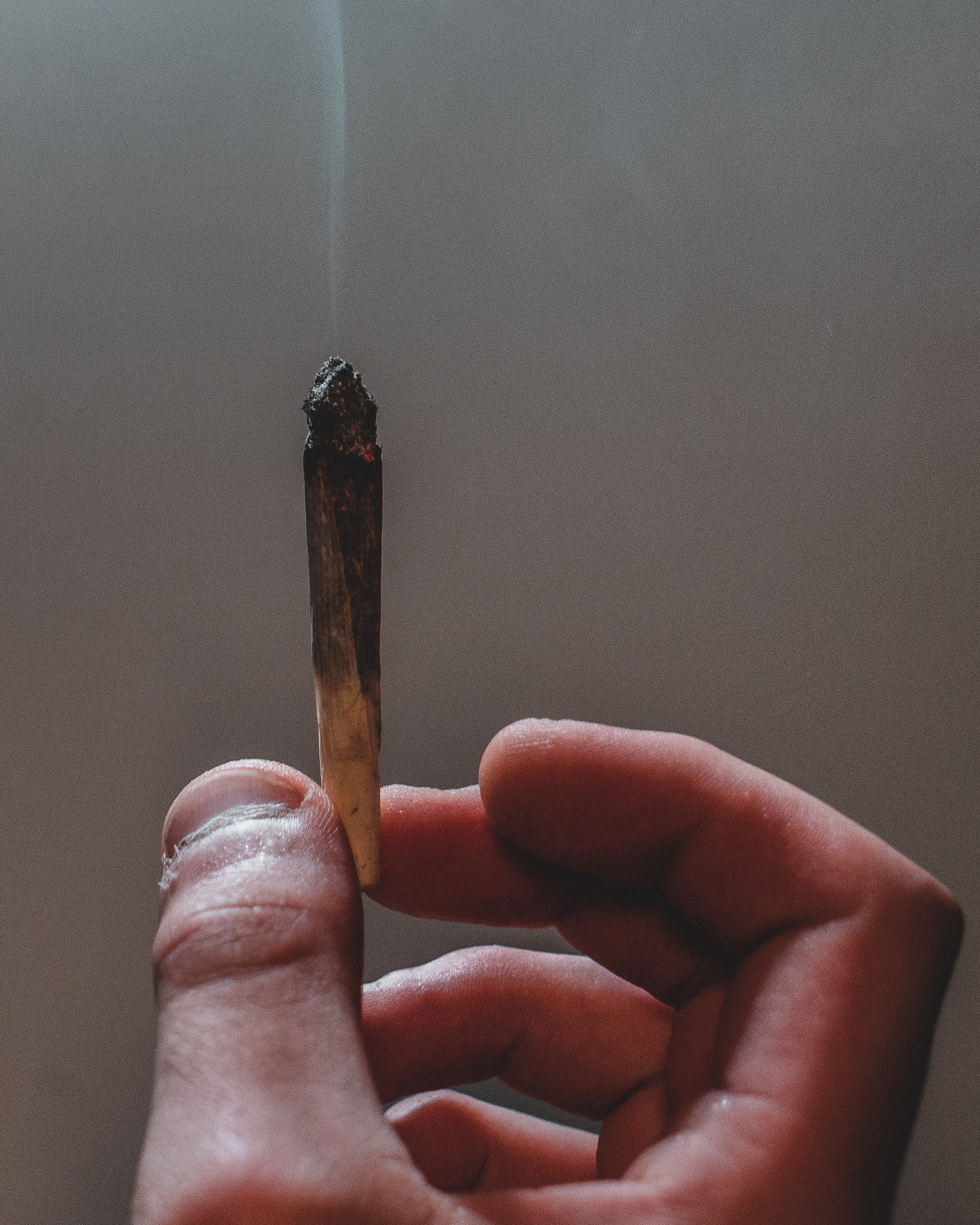On Thursday the Mayor of Fayetteville heard from local bar and restaurant owners about a proposed entertainment district where public drinking would be legal at events in certain areas of the city.
Earlier this year the Arkansas Legislature passed Act 812 by Sen. Trent Garner (R – El Dorado) and Rep. Sonia Barker (R – Smackover). The new law lets cities create “entertainment districts” where alcohol can be carried and consumed publicly on streets and sidewalks.
Fayetteville’s proposed ordinance would allow public drinking at:
- The Fayetteville Farmer’s Market each Saturday during the market’s hours of operation
- Fayetteville’s First Thursday activities
- Lights of the Ozarks, which is a festival of “holiday lights” that begins on the Saturday before Thanksgiving, and lasts until New Year’s Eve.
- Any other event where public drinking is authorized by the Mayor of Fayetteville via a special permit.
Alcohol may be purchased and carried and consumed on streets and sidewalks using marked 16 oz. cups during these events.
A memo accompanying the proposed ordinance makes it clear that this is simply the beginning, and in the future the city could expand the times and places that people drink publicly on streets and sidewalks.
On Monday the Sherwood City Council voted in favor of an ordinance to legalize public drinking in an entertainment district.
The public drinking district is expected to open this fall and includes a large portion of Sherwood, north of the Little Rock area.
As we keep saying, letting people drink on city streets and sidewalks won’t improve the economy in our communities.
Public drinking raises serious concerns about public safety.
Cities like Memphis and New Orleans have had significant problems with violence in their entertainment districts.
These districts also raise serious concerns about drunk driving in our communities.
Family Council has put together a free toolkit to help citizens oppose public drinking ordinances like Fayetteville’s and Sherwood’s.
Our toolkit contains talking points, information about problems public drinking has caused in other states, photographs of public drinking districts elsewhere around the country, and other resources you can use to fight public drinking in your community.
Click here to download our free toolkit.
READ MORE





